Waist beads, once regarded as traditional African adornments worn discreetly beneath clothing, are now a visible fashion statement among young women in Nairobi.
The growing popularity of these colourful beads has sparked conversations around identity, beauty, sensuality, and commercial opportunity.
As the trend spreads across social groups and age brackets, opinions on their meaning and relevance continue to vary in terms of religion, fashion, and culture.
To understand the current perception of waist beads, The Kenya Times spoke to a few Nairobi residents who proudly wear them.
Why most ladies in Nairobi are into the waist beads wearing trend
Anne Nekesa, a fourth-year Rongo University student, identifies herself as a waist bead lover and associates it with her body goals, attainment, and confidence-boosting beauty besides its purposes.
“For me, it promotes my self-confidence, it helps me maintain my body size and shape, and more so for beauty. I also think the other gender loves these things,” she said.
“Though I face a lot of criticisms sometimes from some people who are into believing that waist beads are associated with immoral ladies and commercial sex workers,” she said.
Meanwhile, Faith Wambui, a marketing officer in Utawala, views waist beads as a form of intimacy and personal empowerment.
“I wear them for myself. They’re not for the public; they’re personal, sensual, and part of how I express self-love. My partner also finds them attractive, so that’s a bonus,” she explained.
“However, it is sad that some people still associate them with traditional protective charms and make it appear an evil accessory; others, too, criticise the wearers, saying they are using them to send sexually appealing messages to the public,” she further explained.
Waist beads business booms for Nairobi vendors
The waist beads trend has opened new economic opportunities, especially for vendors operating in informal markets and on social media.
Sarah Njoki, a bead artist at Kenyatta Market in Nairobi, says demand has surged lately as waist bead-wearing is largely embraced, saying it has largely been influenced by social media, especially TikTok.
“Social media has made a big difference. TikTok and Instagram reels showing how to wear or style waist beads have made them trendy,” she explained.
“I used to sell five to ten pieces a week, mostly to tourists. But now I sell over thirty pieces weekly to local young women. I even get bulk orders for birthday or bridal shower gifts,” she said.
Similarly, Kevin Otieno, who runs an online bead store on Facebook and Instagram, says the business has become lucrative.
“What started as a side hustle is now my full-time job. I make around KSh 25,000 to 30,000 a month. Customised orders with names or charms are especially popular,” Otieno notes.
For both vendors, affordability and symbolic value are key selling points.
Waist beads range from KSh 100 to KSh 800 depending on design, with customers choosing based on colour, intention, or occasion.
Critics of the largely growing waist beads culture
Despite the growing popularity, waist beads are not universally embraced. Critics argue that their modern use lacks the cultural depth they once held.
Rev. John Karanja, a Nairobi-based cleric, views waist beads as inappropriate, especially when worn publicly.
“The original cultural purpose was private and meaningful. What we are seeing now is the sexualisation of a tradition. It’s unbiblical and promotes immorality,” he states.
“Some of them are even satanic charms; they cannot tell you that. They just pretend it is fashion, but they bear a lot beyond just fashion,” he added.
Emily Nduta, a mother of two and retired teacher, also disapproves of the trend.
“In our time, only certain women wore beads and often in secret. Today, girls flaunt them on social media. What message are we sending to our children?”
Speaking to the Kenya Times, Wafula Meshack, a student at Rongo University shared his insights strongly criticizing ladies associated with waistbeads wearing.
“I have always found ladies with waistbeads more appealing, outgoing and sassy that’s why I love grooming them. However, I can’t marry any of them because they belong to a certain world of promiscuity and are too exposed to sexual matters,” he said.
“I always believe that once a lady starts to put them on she’s automatically recruited to such of life through natural selection. A poorly covered food attracts flies and all kinds of germs from the environment. That’s how waist beads ladies look like; they don’t cover their stomach, attracting low-value men. They are related to nose-ring ladies,” he added.
Cultural meaning of the waist beads
Waist beads have a rich historical presence across various African communities.
Speaking to the Kenya Times, a Nigerian minister and current resident in Nairobi, Pastor Nkem Moses, gave a positive remark, as he said from his culture, waist beads are associated with royalty.
Also Read: Report Lifts Lid on Why Nairobi Women Prefer Polygamy or No Marriage at All
“Some people see beads as marine things in their waist but to me and where am coming from in Nigeria when a lady has beads in her waist she is a Ada, Ada means first daughter a princess in a royal family, that’s what we use in Igbo culture in our tradition, also it signifies you as a princess in a family or royal family,” said Nkem.
In Kenya, they were traditionally associated with femininity, fertility, spiritual protection, and initiation into womanhood, particularly among the Luo, Luhya, and coastal communities.
Often gifted during puberty, marriage, or pregnancy, the beads were crafted from glass, seeds, shells, or metals and worn as intimate items symbolising a woman’s transition and maturity.
The symbolism and meaning of the colours of the waist beads
Waist beads are often designed with colour symbolism in mind, each hue reflecting an aspect of personality, energy, or intention.
Also Read: Karen Nyamu Threatens to Lead Nairobi Women to Undress in CBD
According to an African cultural market specialising in the production of cultural beauty accessories in Accra, the waist beads culture portrays the following meaning.
- Red: Often symbolises power, passion, and courage. It’s associated with energy and vitality.
- Blue: Is typically linked to peace, tranquillity, and wisdom. It’s seen as a soothing colour that brings calm and understanding.
- Green: Represents fertility, abundance, and growth. It’s a colour that’s closely tied to nature and prosperity.
- Yellow: Is the colour of joy, happiness, and intellect. It’s often associated with the sun and its life-giving energy.
- White: Stands for purity, innocence, and spirituality. It’s often used in waist beads that aim to bring peace and clarity.
- Black: Is a powerful colour that represents protection, power, and mystery. It’s often used in waist beads for protection against negative energy.
- Orange: Represents courage and vitality
- Pink: Represents Care, beauty, love and spirituality
- Gold: Represents good health, power and wealth
- Purple: Represents royalty, wisdom, and spirituality
- Brown: Represents earth and stability
A Trend That’s Here to Stay
Grace Wanjiku, a sociologist at the University of Nairobi, says the waist bead trend is a classic case of cultural hybridisation.
“We’re witnessing how traditional symbols are being adapted to fit modern identities. It doesn’t mean the culture is being lost, it means it’s evolving.”
She adds that waist beads today offer women autonomy over how they express their bodies and culture, which was previously dictated by rites and societal norms.
The waist bead culture in Nairobi continues to grow, fuelled by social media, fashion, and self-expression.
What was once reserved for brides, initiates, or spiritual healing has become part of the daily lives of many women.
For some, waist beads are about heritage; for others, they are about style, fitness, or intimacy.
Whether viewed as empowering or controversial, their rising popularity reflects shifting attitudes about femininity, tradition, and self-expression in modern Kenya.
Follow our WhatsApp Channel and join our WhatsApp Group for real-time news updates.
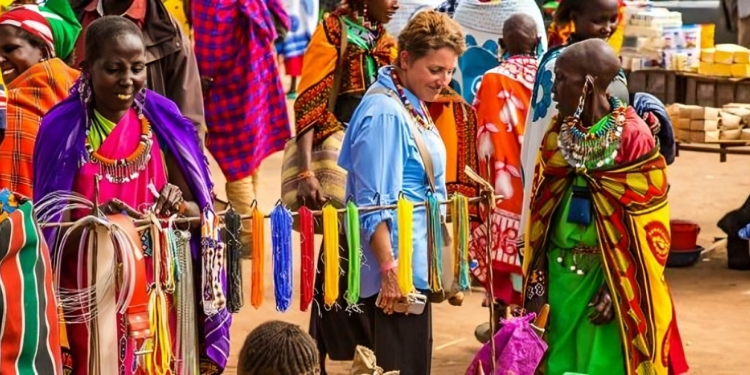





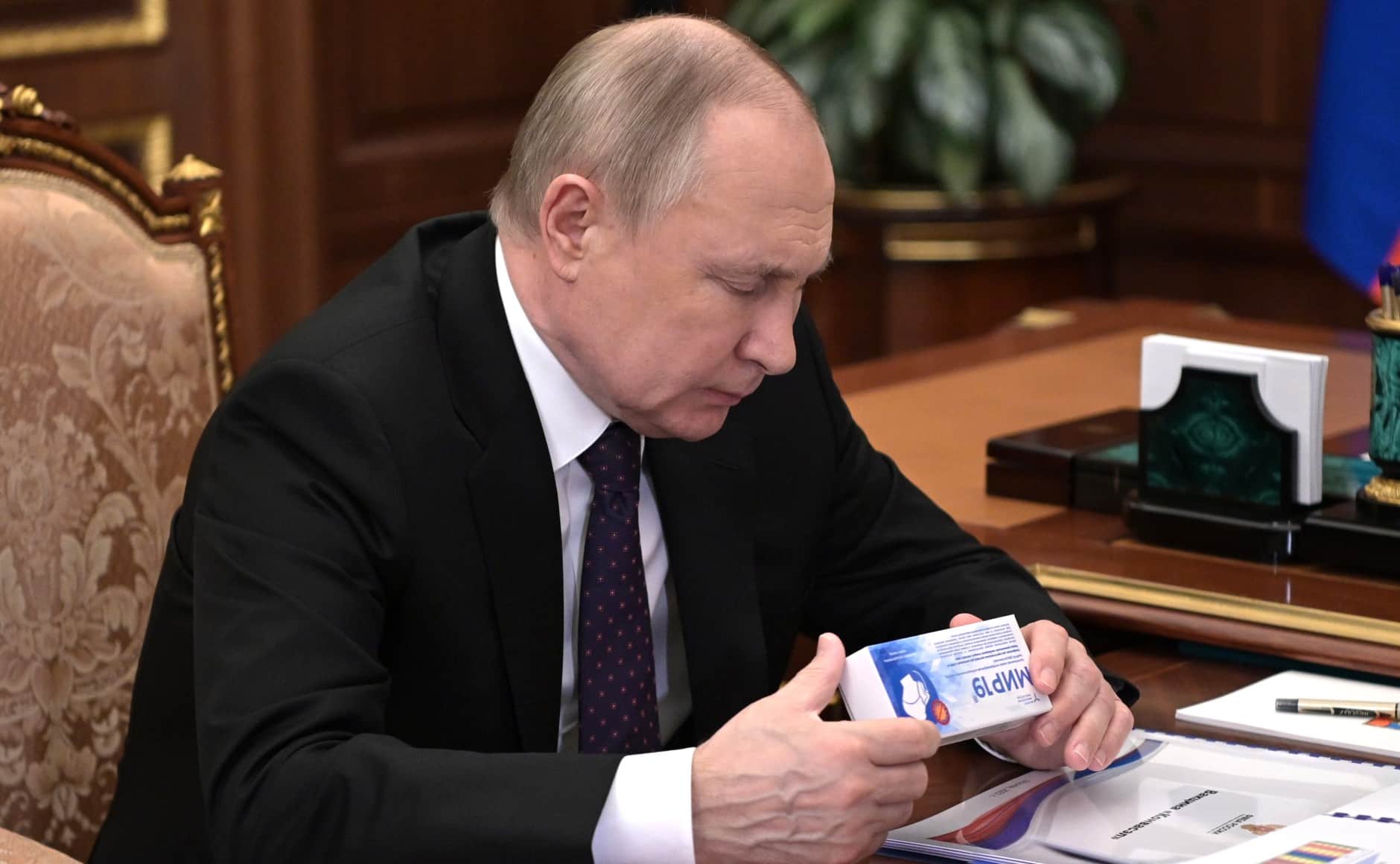




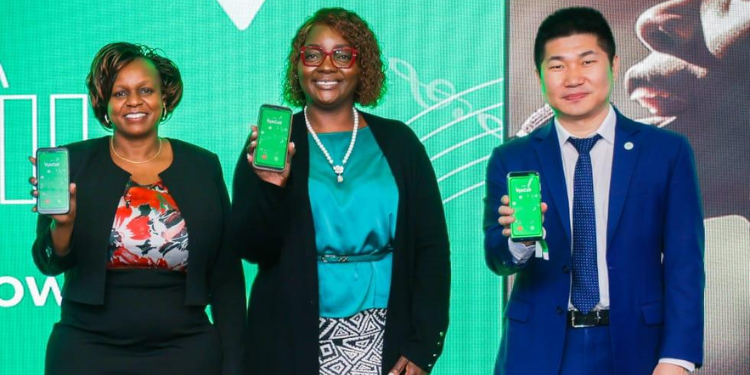





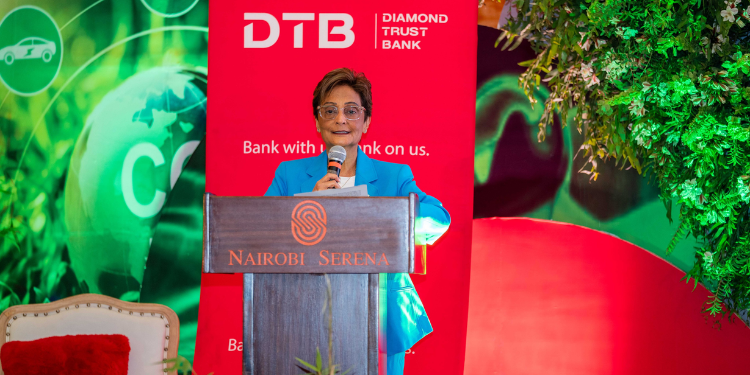



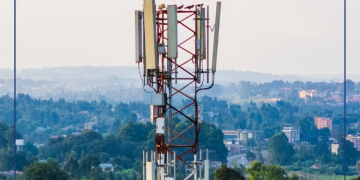








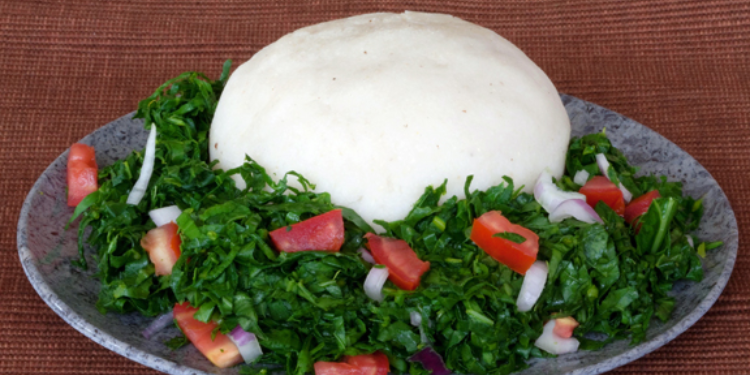







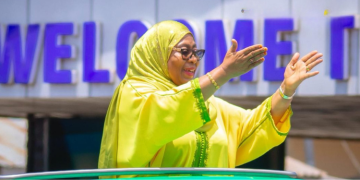

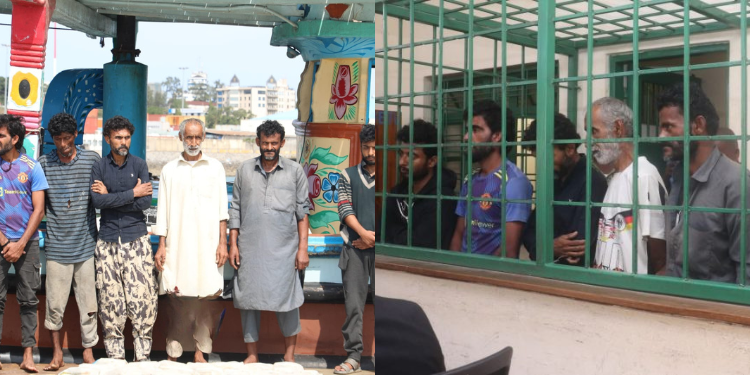
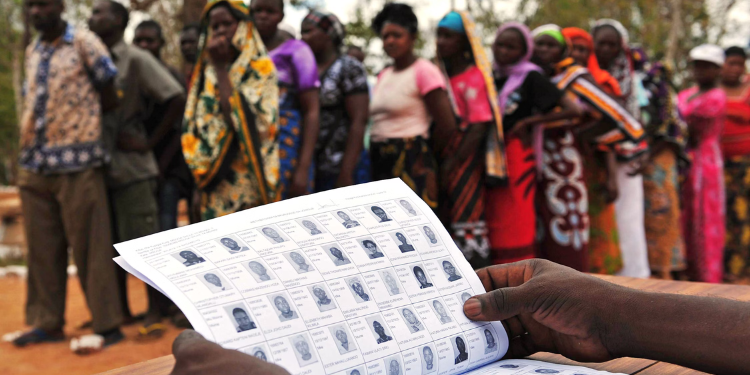


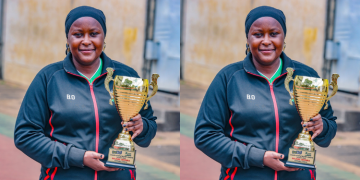


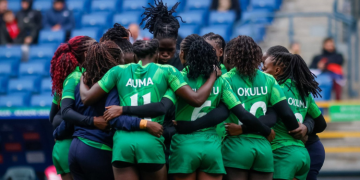
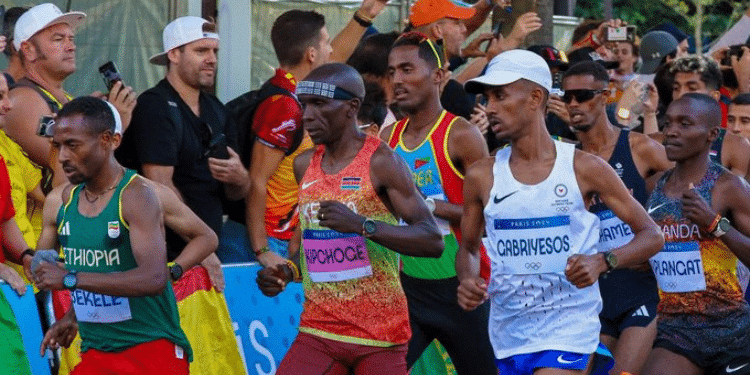

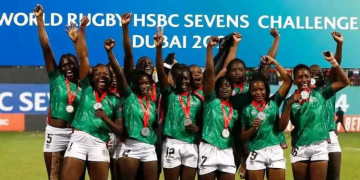
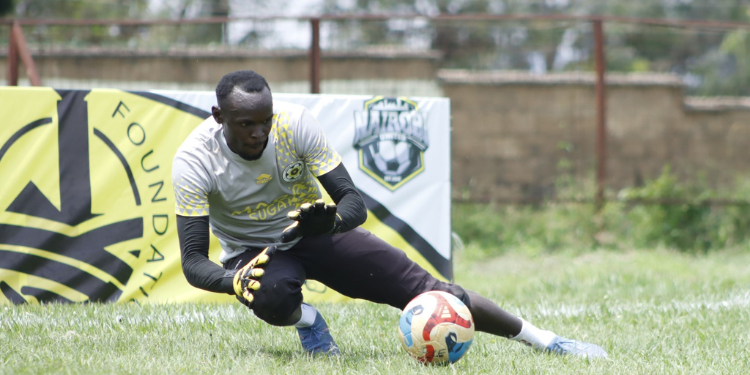


![Senator Allan Chesang And Chanelle Kittony Wed In A Colourful Ceremony [Photos] Trans Nzoia Senator Allan Chesang With Channelle Kittony/Oscar Sudi]( https://thekenyatimescdn-ese7d3e7ghdnbfa9.z01.azurefd.net/prodimages/uploads/2025/11/Trans-Nzoia-Senator-Allan-Chesang-with-Channelle-KittonyOscar-Sudi-360x180.png)

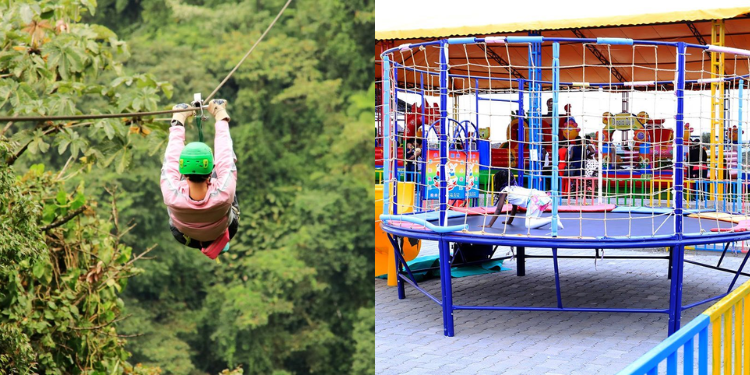
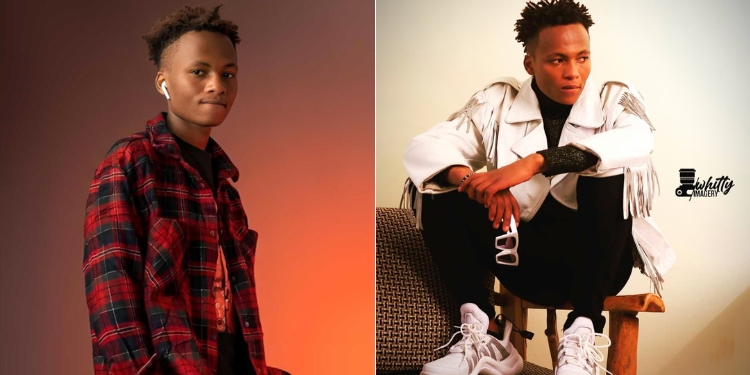
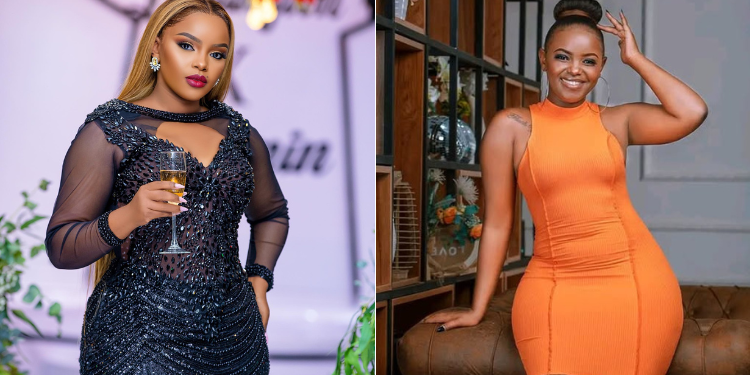


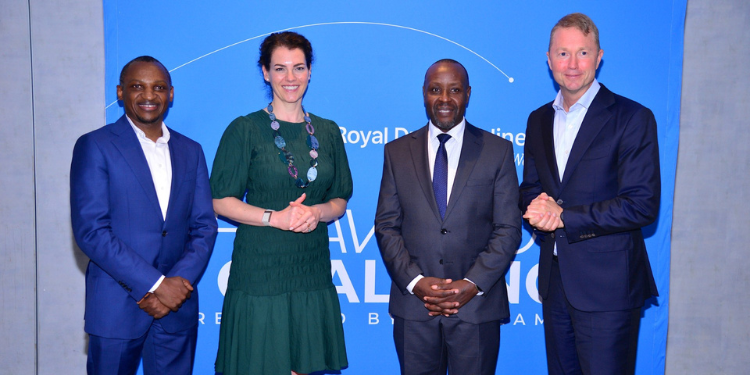




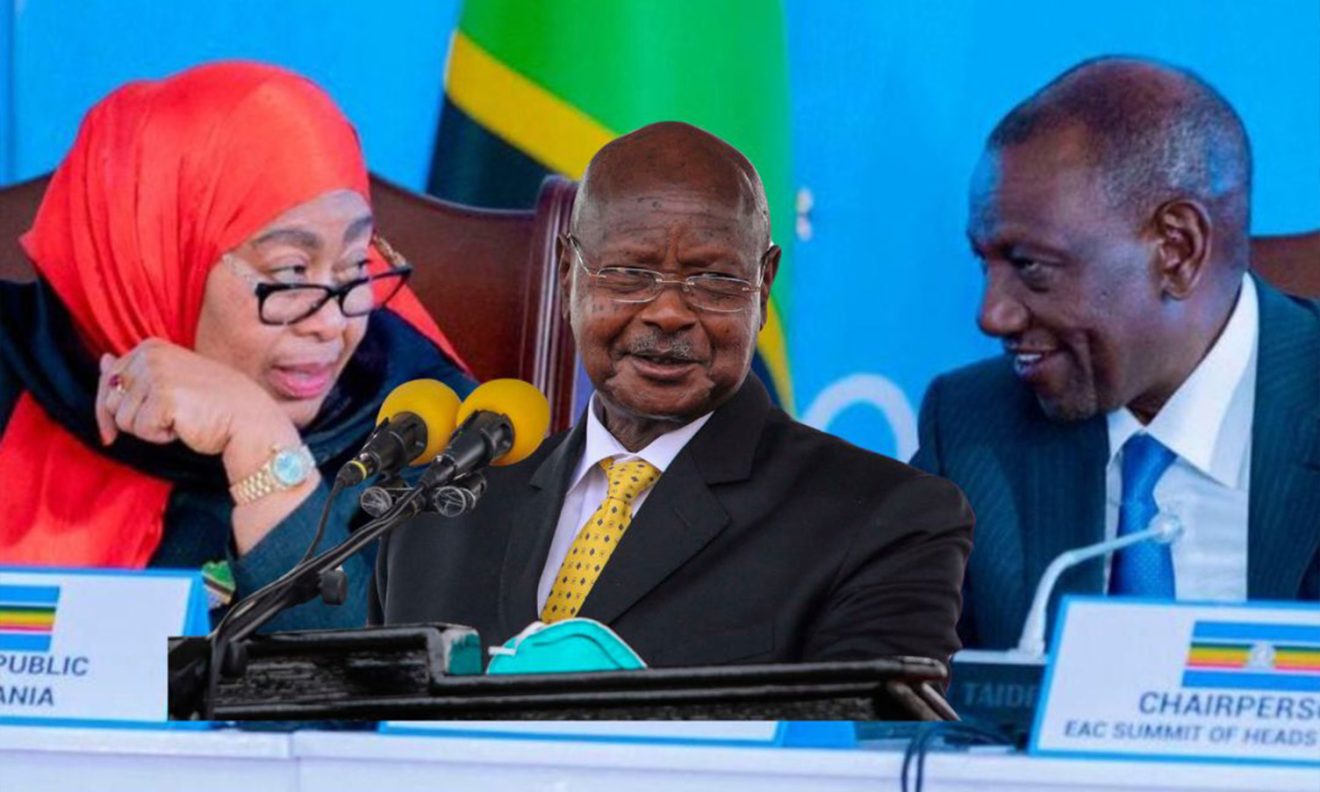


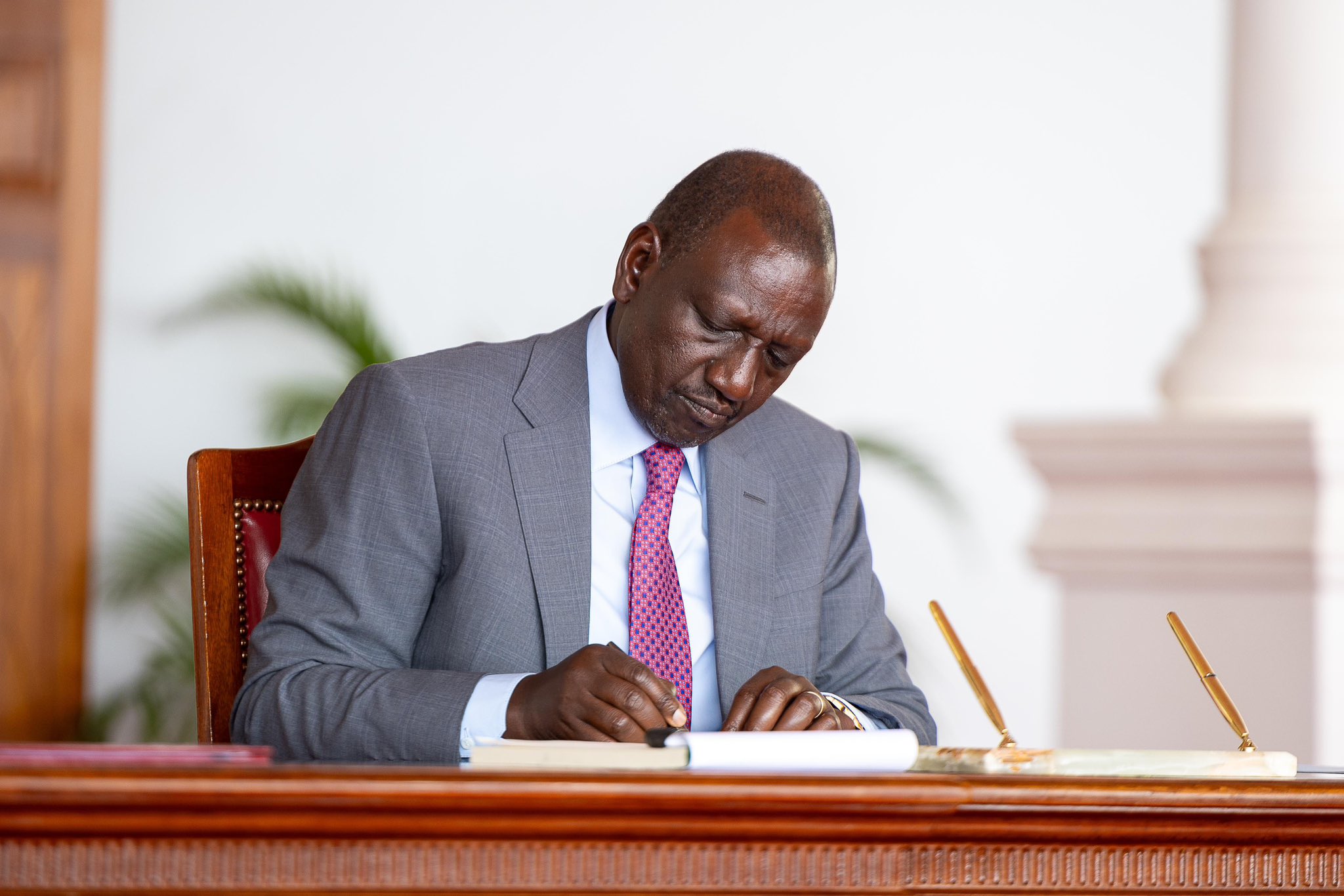

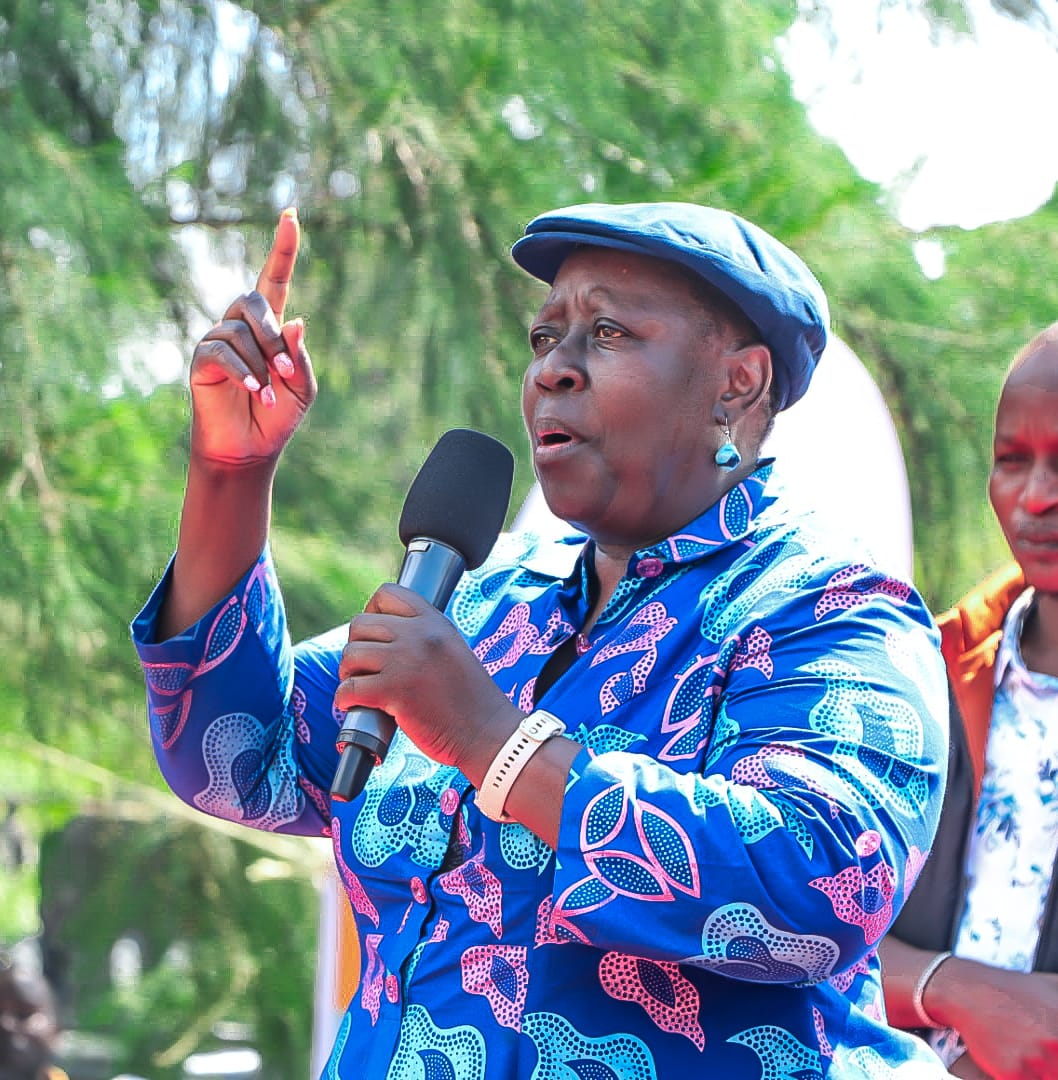


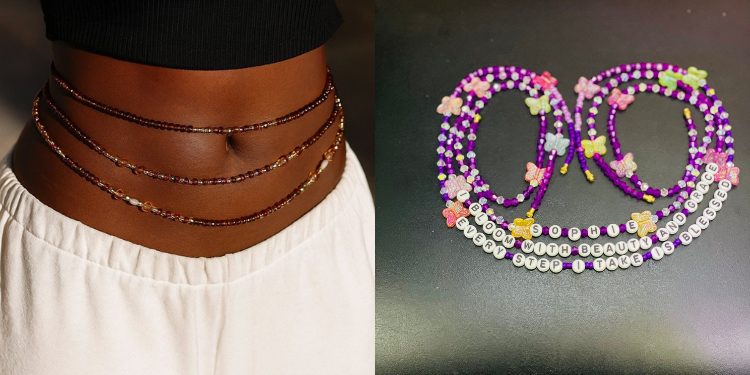




Now I know 🥰